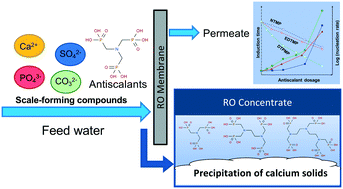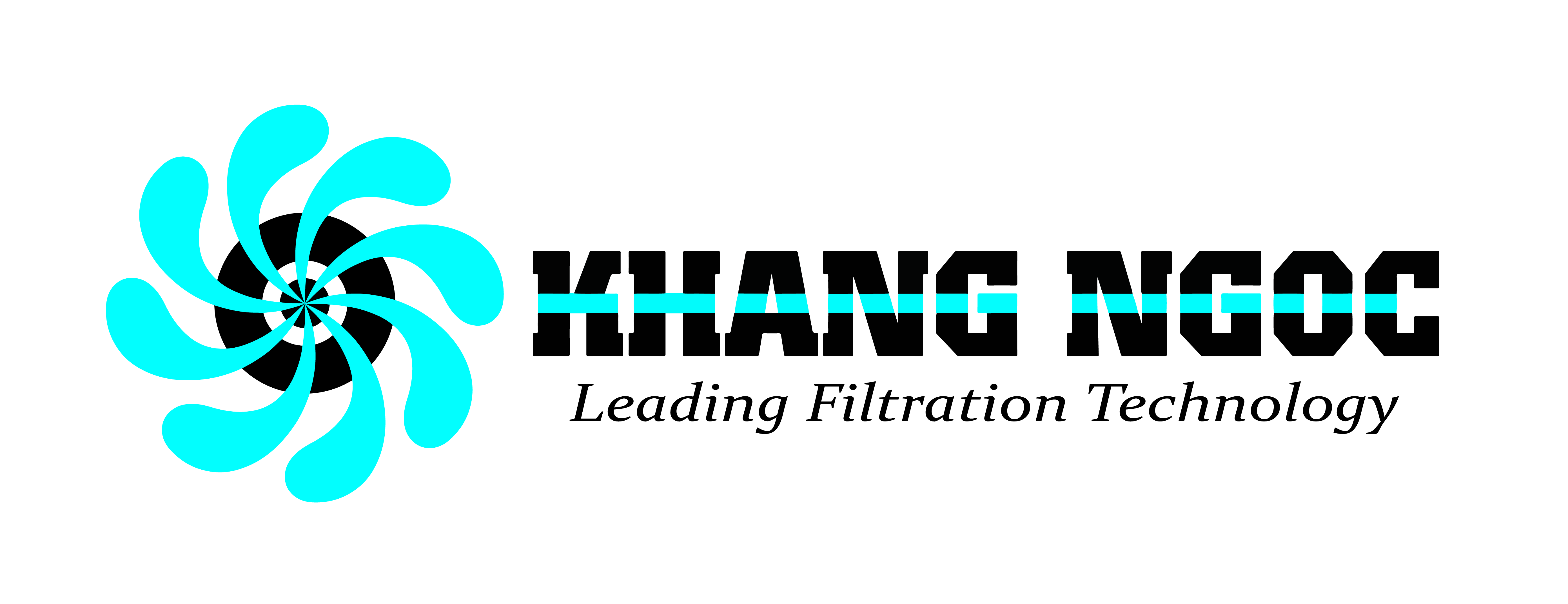What is Antiscalant? What is it application in water treatment?
Antiscalant – An Introduction
Antiscalants are pre treatment balls/chemicals that are used in Reverse Osmosis water purificarion process to prevent the Reverse Osmosis Membrane from scaling. It plays a very important role in maintaining the quality and life of Reverse Osmosis Membrane.
Antiscalants (also known as scale inhibitor agent ) are used to minimize the potential of the scale that deposits on the surface of a RO Membrane. Scale formation on the surface of membrane can be prevented by adding antiscalant to the feed water.
It is widely used to avoid scaling by salts like silica, iron, barium sulphate, calcium carbonate, gypsum etc.

What is Scale?
Scale are those mineral compounds or salts that deposit on the surface of Reverse Osmosis Membrane and reduces its flow rate. We all know the importance of membrane in water purification. A membrane reduces the high TDS level of water.
The concentration of these mineral compounds in water depends on the source of feed water. Below we are mentioning mineral scalants as per their scaling ability :
(i) High Capacity :
(a) Calcium Carbonate (CaCO3)
(b) Calcium Sulphate (CaSO4)
(c) Strontium Sulphate (SrSO4)
(d) Barium Sulphate (BaSO4)
(ii) Low Capacity :
(a) Calcium Phosphate [ Ca3(PO4)2 ]
(b) Calcium Fluoride ( CaF2 )
Methods Of Controlling Scale
There are mainly three methods used to control scaling :
(i) Acid Addition : This is one of the oldest and simple method. In this process, some amount of acid is added to the feed water. Acid reduces the pH of water and scale forming salts and salts get dissolved. Thus, they lose their ability to form scale on the surface of Reverse Osmosis Membrane and membrane remains safe from scaling.
(ii) Installation of Softener : Water Softeners are used to convert hard water into soft water. Hard minerals like calcium, magnesium and other scale forming salts are removed by the softener and membrane remains safe from scaling. Resin seeds are used in water softener to remove hardness of water.
(iii) Antiscalant Addition : This is the widely used method to prevent scale formation on the surface of Reverse Osmosis Membrane. Anitscalant is added to feed water before it enter the membrane. There are Two Forms of Antiscalant :
(a) Solid Form ( Balls ) : Balls are used in domestic water purifiers. These balls are kept in the pre sediment filter housing.
(b) Liquid Form ( Chemical ) : This is used in Industrial Reverse Osmosis System. Industrial Reverse Osmosis System purifies thousands of liters of water in day. Therefore we need to add Anitiscalant chemical in the feed water through a dosing pump at an appropriate dosing rate. Balls are not used in Industrial RO System because it will need to be changed 20-30 times a day which is inconvenient.
How Does Antiscalant Work?
Antiscalant interferes the precipitation of salts on the surface of RO Membrane in three different ways :
(i) Threshold Inhibition : keeps salt in supersaturated form in the water.
(ii) Crystal Modification : Distorts the shape of salt crystals, resulting in soft and non adherent scale.
(iii) Dispersion : Does not allow ions to form crystals to be deposited on the surface of membrane.
Inhibition Mechanism Of Antiscalant
There are some stages of forming crystals of scale.Antiscalants influence crystallization of metal ion-base scale by interfering with one or more of those stages of crystallization.
In case of crystal modification, it prevents the formation of seed crystal. This is carried out by :
(a) Inhibition of crystal growth by covering up the growing surface.
(b) Deforming seed crystal.
Types Of Inhibition Mechanism :
(i) Chelation : In this mechanism, antiscalants form the complex with scale forming cations via stoichiometric reaction, which can increase the solubility of sparingly soluble salts.
(ii) Dispersion : In this mechanism, antiscalants are adsorbed onto crystals and make mineral crystals to repel one another through steric interactions. This keeps them dispersed in the solution.
(iii) Crystal Lattice Distortion : In this mechanism, antiscalants interact with mineral nuclei and disrupt the crystallization process by inhibiting and distorting crystal growth. The formed crystal morphologies can be changed due to the adsorption of antiscalants.
(iv) Threshold Effect : In threshold effect, antiscalant influences the clustering process and prevents the precipitation of sparingly soluble salts.
What Does Antiscalant Contain? Is It Harmful?
It contains various functional groups, such as phosphonate, carboxylic and sulphonic groups.These groups have high affinity for the seed crystals that have growing surface.Therefore Antiscalants can :
Interact with scale forming substances
Inhibit scale formation
Stabilize the supersaturated condition
Therefore it is not harmful at all.
Classification Of Antiscalants: It can be classified in three categories :
(i) Phosphorus Based : Phosphors based antiscalants are of two types :
(a) Phosphates : Phosphates are compounds that contain P-O bond with the Orthophosphate ion [PO4]¯³ as the basic building unit. Eg. Sodium Hexametaphosphate ( SHMP ).
(b) Phosphonates : Phosphonates are compound that contain one or more C−PO(OH)2 groups, that are more stable than phosphates due to the existence of stable covalent C-P bond.
Phosphorus inhibitors ( including Phosphates and Phosphanates ) have a large market share in antiscalants. This is because of its good performance and affordable rate.
(ii) Synthetic Polymeric : Synthetic polymeric scale inhibitors have partly replaced phosphorus antiscalants. These polymers contain variety of functional groups in polymer chain and normally ionic in nature.
Carboxylic functional group on the polymeric backbone is very very effective on inhibiting common metal ion – based ion.
(iii) Environment Friendly Antiscalant: Due to environmental issues, Environment friendly Antiscalants are being popular now because it is :
(a) Phosphorus Free (b) Biodegradable (c) Cost Effective
Nowadays, PASP, PESA and their derivatives are the best alternative of conventional phosphorus or non bio-degradable synthetic polymeric inhibitors.
For the last many years, a large number of proprietary formulated blends of antiscalants have developed to improve operational performance of Reverse Osmosis Systems.
Conclusion
Antiscalants are very important as far as maintaining the quality and performance of a Reverse Osmosis Water Purifiers are concerned. There are many types of antiscalants available in the market. We should choose it according to the quality of our supplied water.
We tried to provide as much information as possible through this article. We also believe this small article have solved your queries about Antiscalants.
Thanks for reading this small article.
If you need more information on how to choose the antiscalants chemical and the dosage to use, please contact us immediately with the following information:
KHANG NGOC ENVIRONMENT JOINT STOCK COMPANY
Address
Main office:
86 Dong Ho Street, Ward 4, District 8, Ho Chi Minh City, Vietnam
Tel: +8428. 37584648
Mobile: +84983.152.032
Branch office address:
C7/30C14 – Pham Hung Str. – Binh Chanh Dist. – HCM
Tel: +8428.37584648 / +8428. 62755032
Fax: +8428.37583936
Mobile: +84983.152.032
Factory & warehouse:
17 – Pham Hung street – Phuoc Loc ward, Nha Be district – Ho Chi Minh City, Vietnam.
 Business
Business



